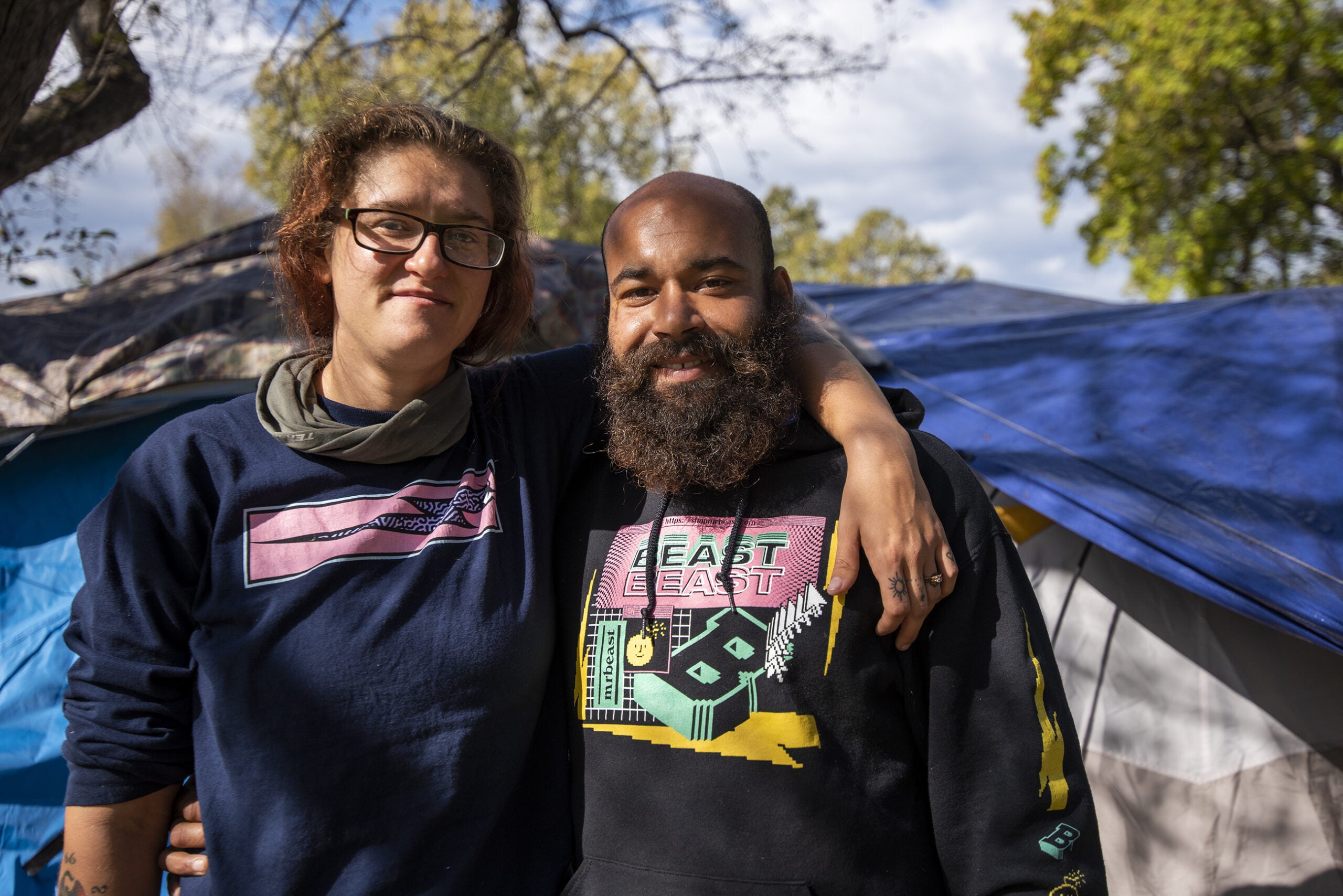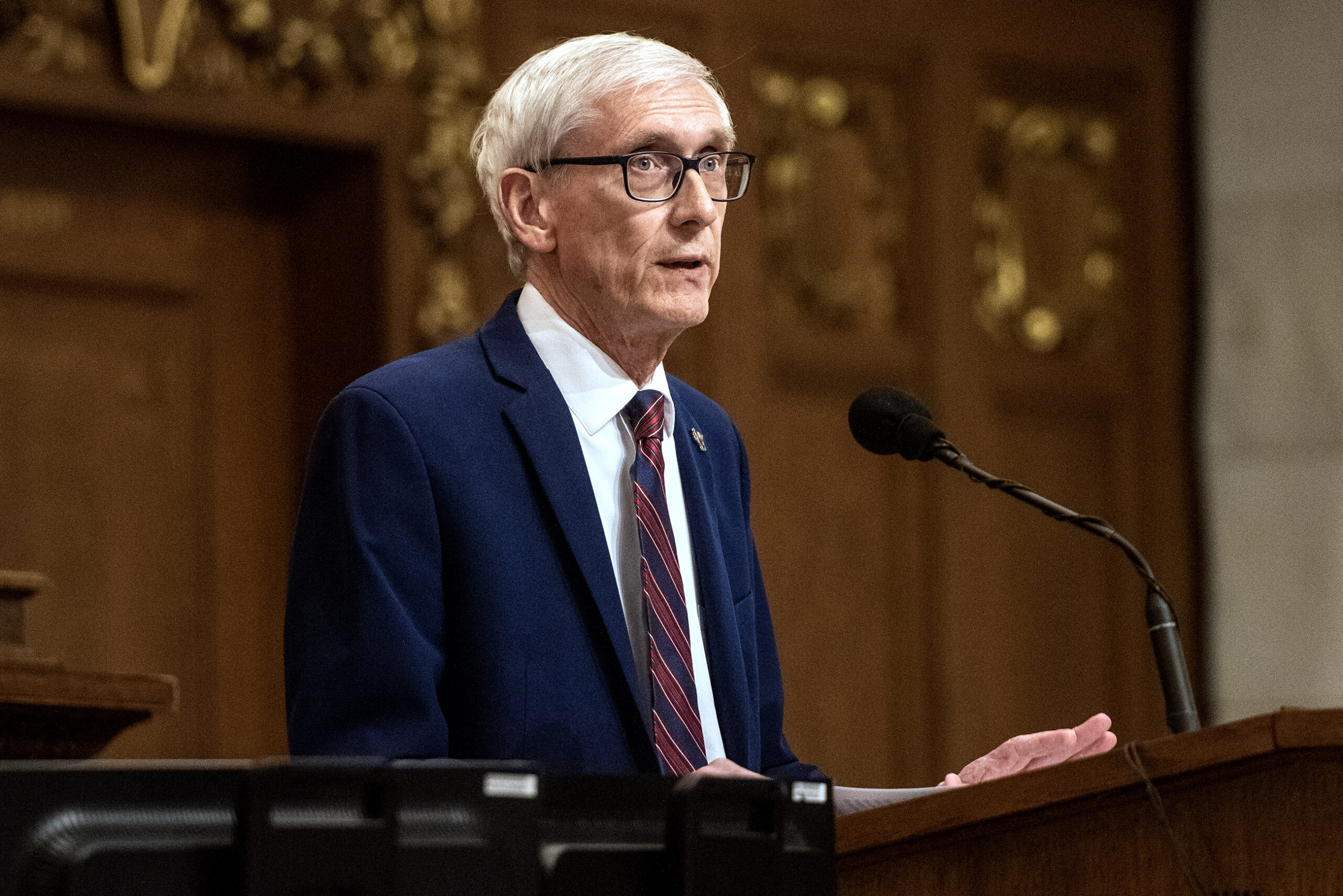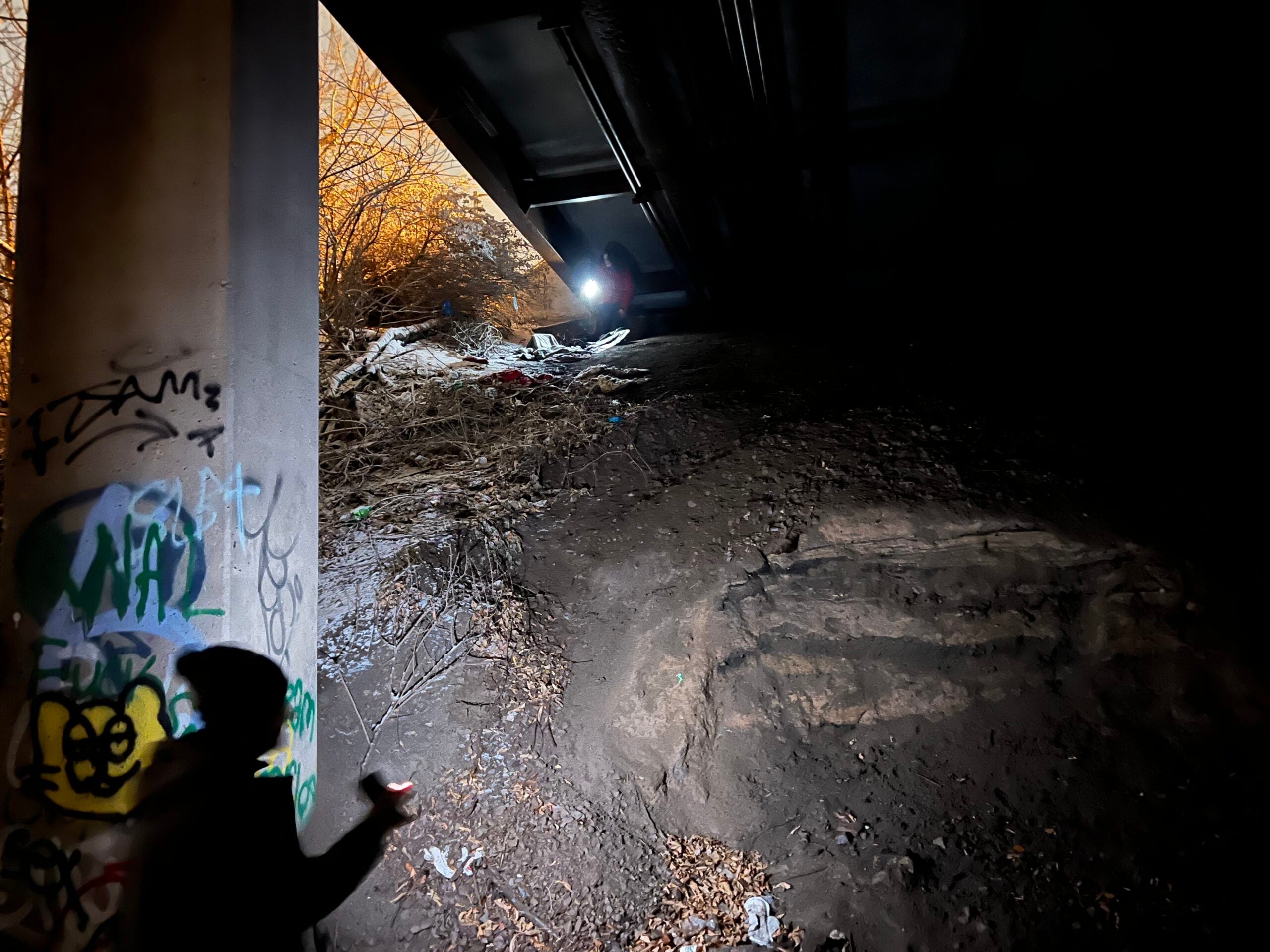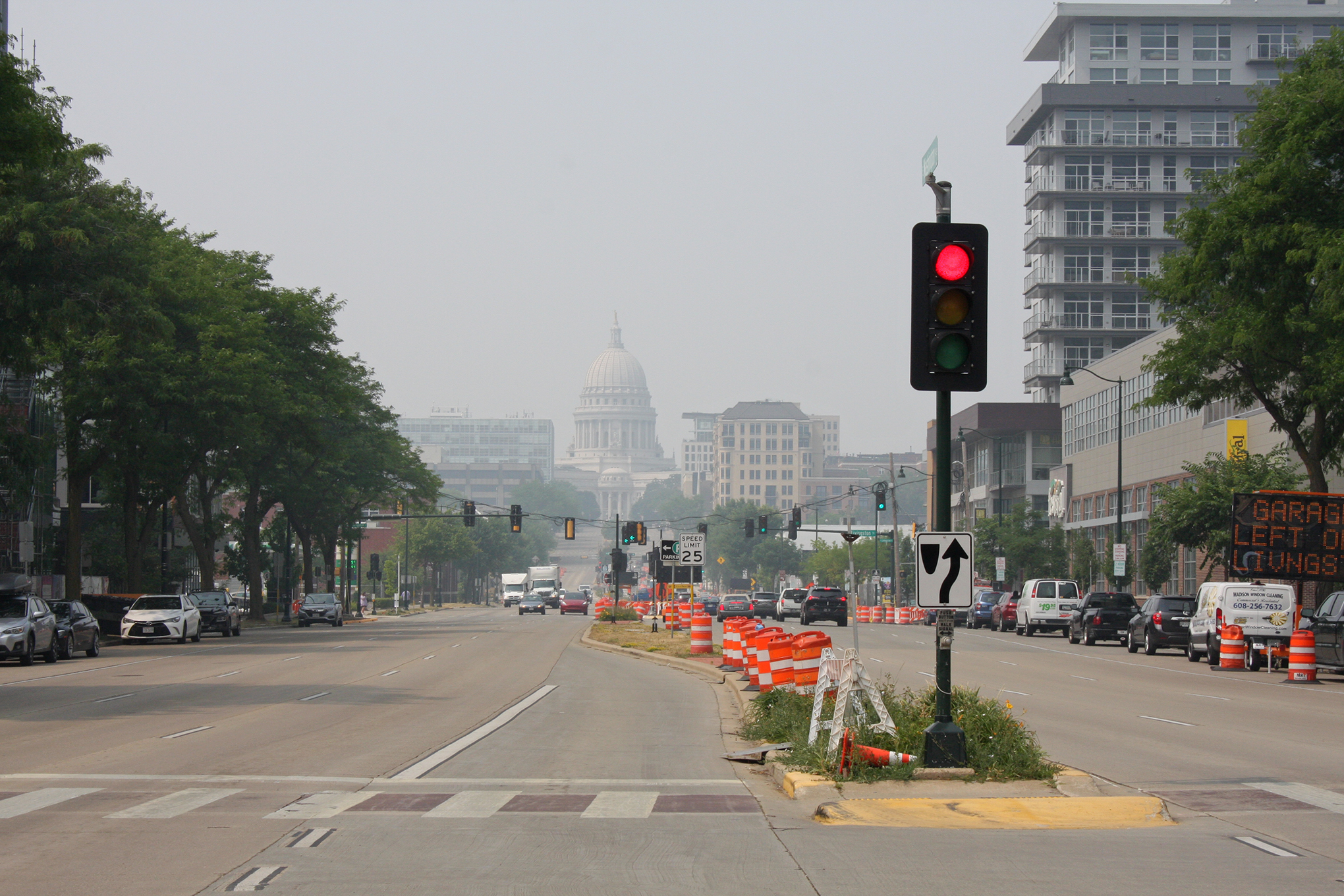In a typical year, Ben Jackson said he might connect with about 230 unsheltered people in Madison. The former park ranger does street outreach for a homelessness nonprofit called Porchlight. But last year that number soared to about 600.
“As the pandemic started pushing people out of their jobs, suddenly you had people that had never camped outside, just basically out on the street and really kind of lost,” said Jackson. “The numbers just were overwhelming.”
Jackson said learning to navigate and access the shelter system takes time. And it doesn’t work for everyone.
Stay informed on the latest news
Sign up for WPR’s email newsletter.
Shelters typically don’t allow pets or couples without children. Many have sobriety requirements, which is difficult for people struggling with addition. Crowded shelters can also be triggering for people suffering from mental health disorders, and congregate settings were especially risky when COVID-19 emerged.
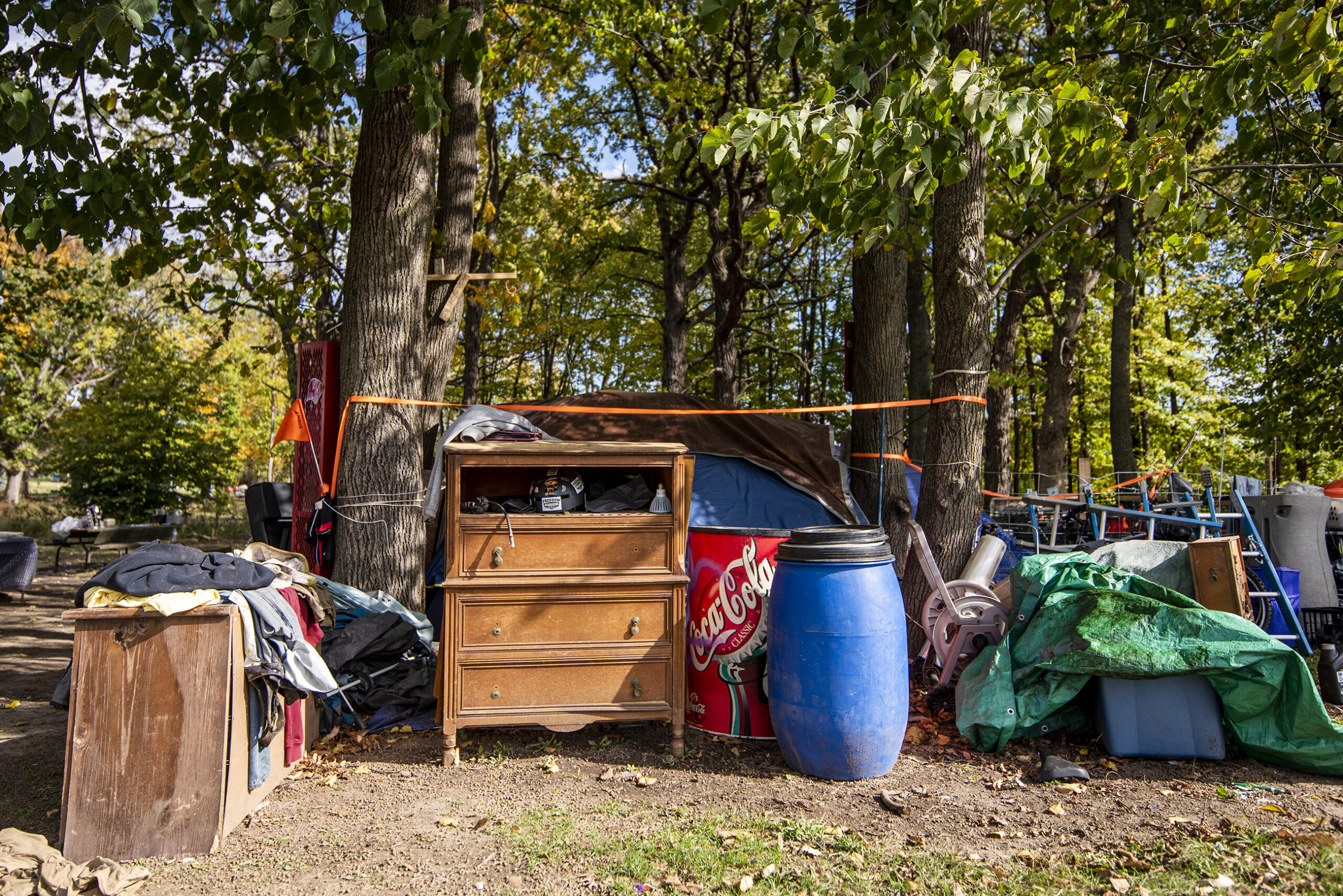
“The No. 1 issue is that there is an increase in unsheltered homelessness throughout the state. And that’s not just in Madison, but that’s in communities all over Wisconsin,” said Michael Basford, director of Wisconsin’s Interagency Council on Homelessness.
Many of these people end up in city parks.
Early in the pandemic, based on guidance from the Centers for Disease Control and Prevention, the city of Madison suspended enforcement of an ordinance that bans camping in city parks. With that tacit thumbs up from city officials, the population of Madison’s largest encampment, Reindahl Park, swelled to nearly 100 residents.
By fall, the 90-acre park was crowded with dozens of colorful tents and residents gathered around makeshift campfires to keep warm.
The full-time occupancy has taken a toll on the park and its neighbors. In response to increasing drug use, crime and community complaints, the city is finally moving to close the encampment by Dec. 9, despite calls to keep it open.
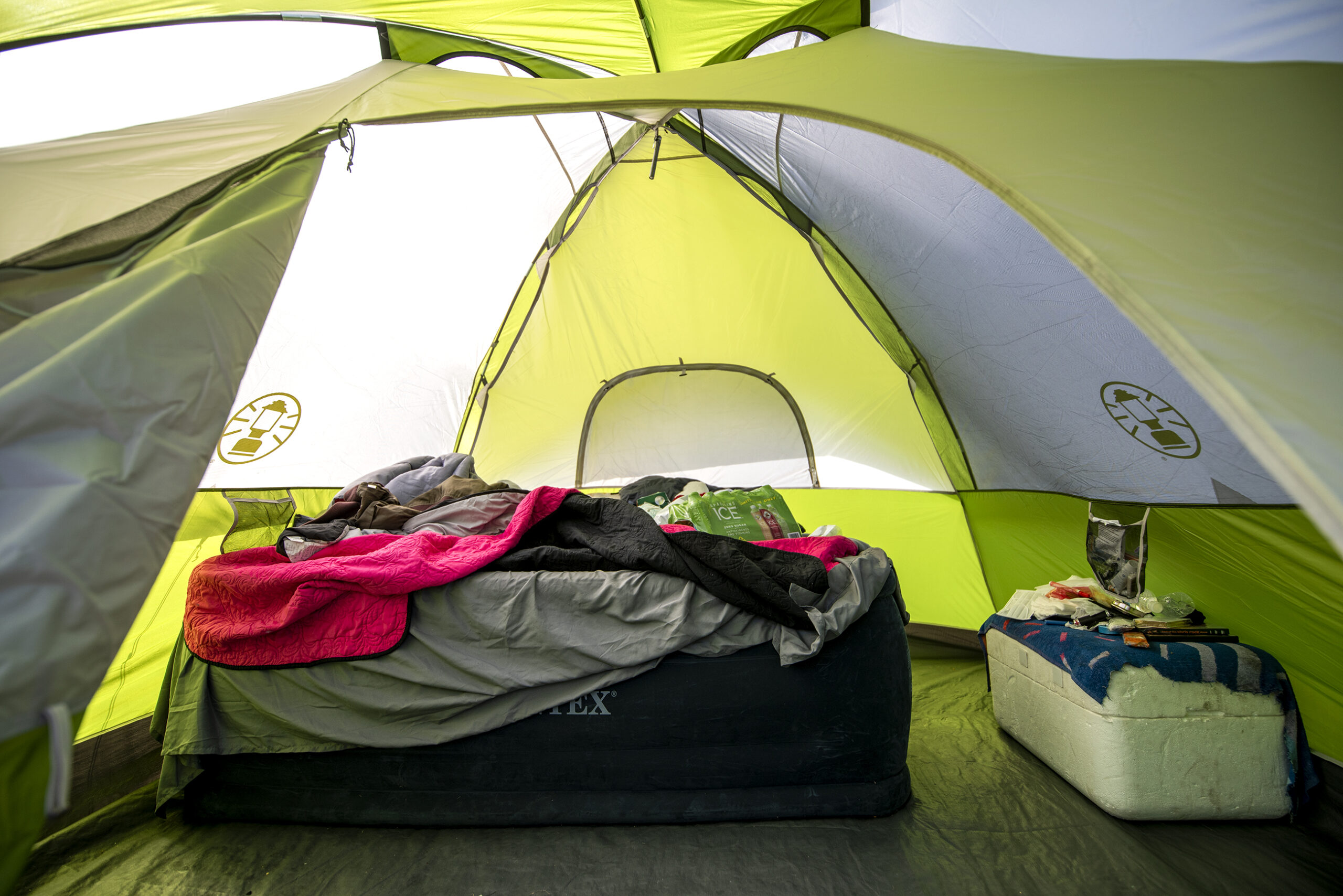
But they’re not exactly closing it.
Instead, they’re moving the encampment to an industrial site along Dairy Drive on Madison’s southeast side, about 8 miles from Reindahl Park.
‘There’s just nothing out there’
There, on a 2 acre lot, they’ve built what looks like a tiny subdivision of ice fishing shanties. Each 8-by-8 structure has electricity, a bed and a mini fridge.
Madison Community Development Director Jim O’Keefe said the city is committed to trying the new encampment for at least two years.
“One of the reasons that Reindahl Park has proven to be so problematic is because there was very little structure around the use of that park. So, what we’re trying to do out at Dairy Drive is to provide a setting that is everything that Reindahl Park was not,” said O’Keefe.
Dairy Drive has around the clock staffing and on-site services provided by partner organizations.
But there’s only room for 30 people, and while people have been moving in over the past two weeks, many of Reindahl Park’s residents didn’t want to go.
Jamie Goodyear moved to Reindahl Park with her boyfriend in August, when they used the last of their savings to buy a tent.
“I don’t want to live somewhere where it’s literally tinier than the tent we already have. Nope, I don’t want to,” Goodyear said.
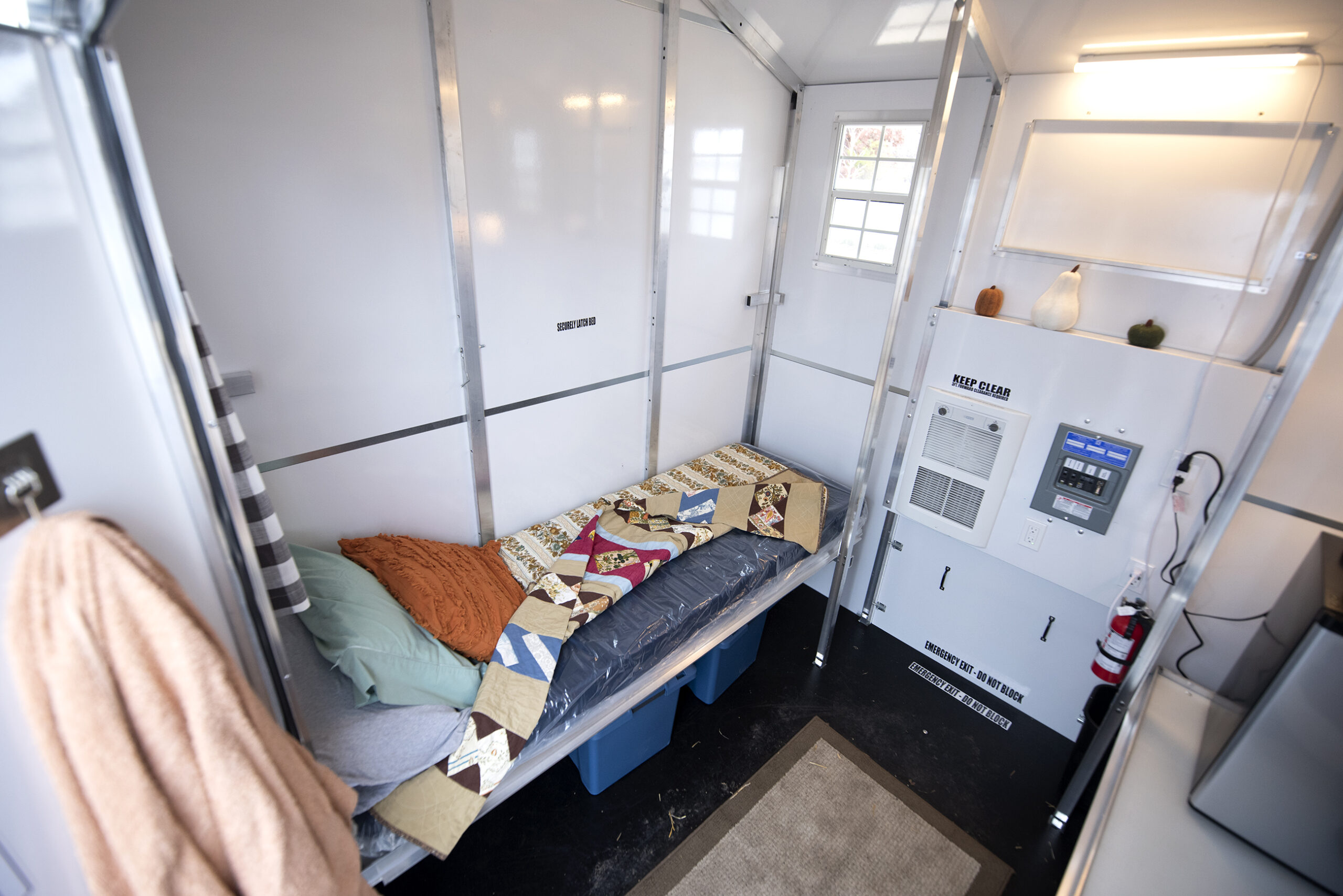
As a couple, staying in one of the city shelters would have meant splitting up, so they saw Reindahl as their only option. Her boyfriend, Anthony Kudingo, recently got a job across the street from the park. Like many residents, he’s concerned about the remote location of the new encampment.
“Dairy Drive is too far away. They don’t have any transportation lined up to help us, we don’t have no services out there. There’s not a food truck out there. There’s just nothing out there at Dairy Drive for us,” said Kudingo.
The city has said it will provide Dairy Drive residents with bus passes and occasional shuttle rides to services like laundromats or grocery stores. But Reindahl Park residents said many of these details have been murky and have affected their decision to go.
“People are going to move over there and they’re not even going to realize what they’re getting themselves into,” said Goodyear.
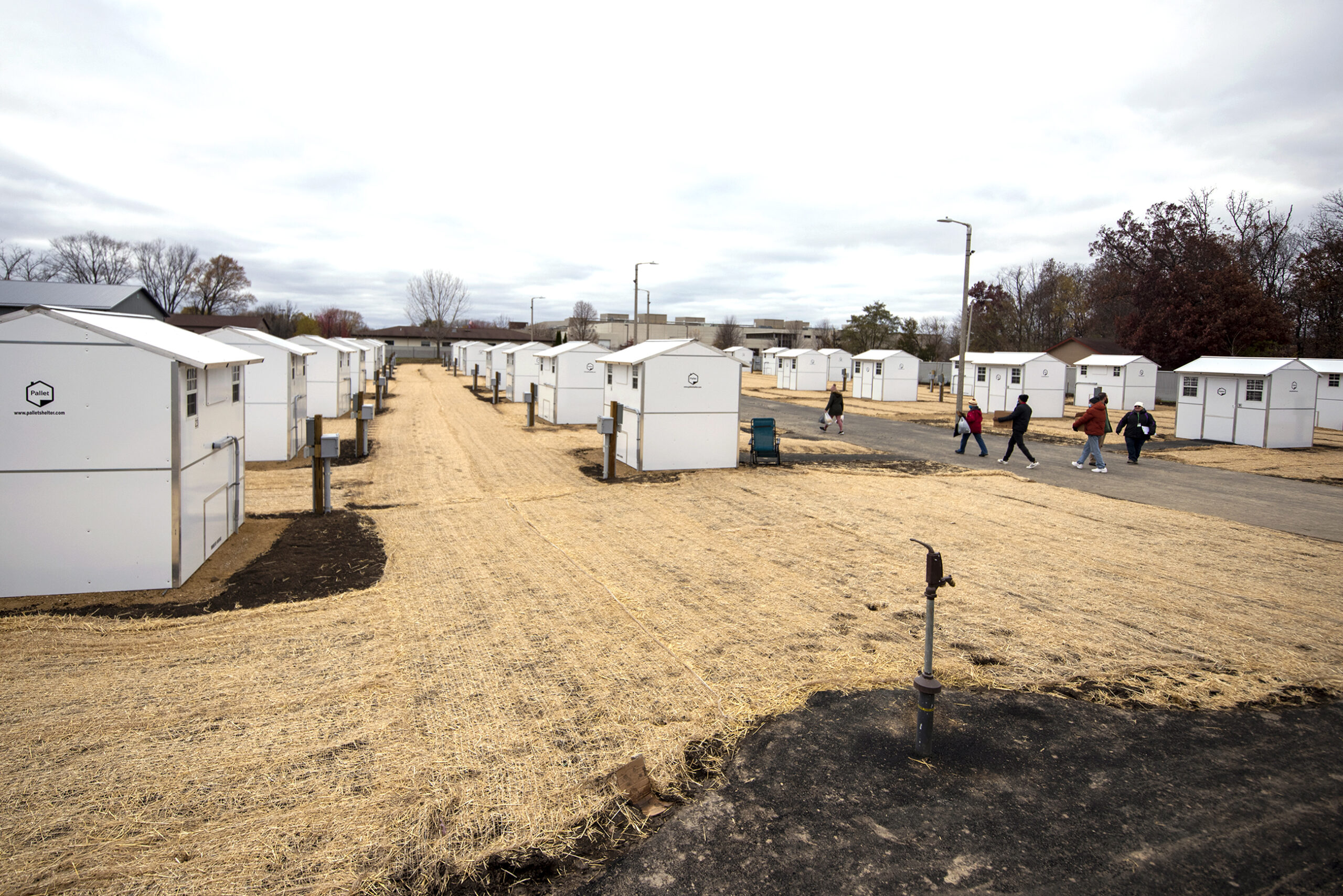
Instead, Goodyear and Kudingo are moving into a hotel near Reindahl Park. The city is using COVID-19 funding to pay for 35 hotel rooms through June as a temporary supplement to Dairy Drive.
But advocates say these are just Band-Aids and not real solutions.
“We have to keep in mind how crazy it is that we’ve actually, as a tenet of social policy, decided to put people in these little tiny shanties,” said Joe Volk, executive director of the Wisconsin Coalition Against Homelessness. “I mean, for lack of a better word, it’s a fairly nice government sponsored shantytown.”
Still, Volk said he understands why Madison felt the encampment was necessary.
‘A golden era’ for homelessness resources
Before the pandemic, Madison, like many cities, relied on church basements as homeless shelters for single men.
“Once COVID hit, that whole system broke down,” said Porchlight’s Jackson.
None of the cramped quarters could provide adequate social distancing or come close to meeting the sudden surge in need.
“The emergence of the pandemic really reinforced the deficiencies that existed, and it forced us — the city and county and the providers of these services — to respond very, very quickly,” said O’Keefe, Madison community development director.
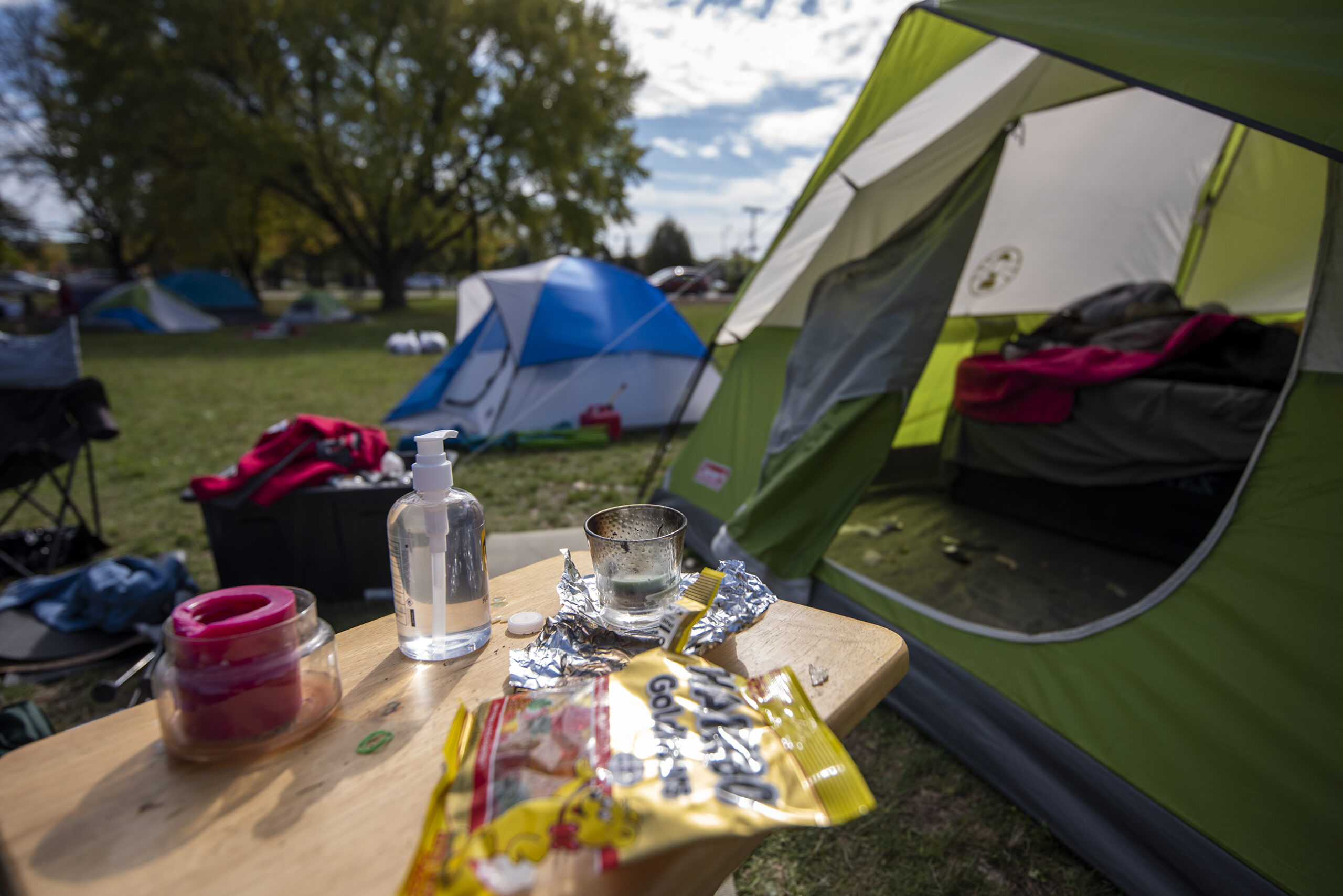
So they kept shelters open 24-hours a day, relaxed absolute sobriety rules, and eliminated the 90-day stay limit. And while providers say these measures were effective, it also expanded the pool of people using shelter services.
But advocates say federal COVID-19 relief funding was a lifeline. The unprecedented levels of aid allowed providers to try new things throughout the pandemic. They’ve rented hotel rooms for families and vulnerable individuals, opened larger emergency shelters like Warner Park in Madison and Clare Hall in Milwaukee, and provided rent assistance to prevent homelessness.
“It was kind of like almost a golden era of stuff that we always knew needed to happen, resources that we knew needed to be there, but never had the funding to be able to put those into place,” said Volk.
And these pandemic innovations were effective. At the start of this year, Milwaukee had a record low number of unsheltered people.
But Volk says once people were in shelters or treatment programs, the next link in the chain was still missing: permanent housing.
“Even with the resources to move people into housing, there’s no housing to be had. There’s literally, physically, not enough low-income housing in the state to house all the people that need housing,” said Volk.
‘The only real solution for homelessness is housing’
Wisconsin’s housing vacancy rate is the lowest it has been in 30 years, hovering around 4 percent. And it’s among the lowest in the country.
Competition for scarce units drives rental prices up, especially in urban areas like Madison and Milwaukee. This is great for developers, but not for low-income renters.
When developers construct new buildings, they can get federal tax credits if they set aside some units for affordable housing. The city of Madison even has a fund to encourage this kind of development. But the reality is that affordable housing isn’t actually affordable for everyone.
O’Keefe said affordable housing is usually priced for households earning around $40,000 — about 60 percent of the Area Median Income.
But there are few options for the lowest earners, and advocates say this essentially creates a pipeline to the shelter system.
“At the end of the day, the only real solution for homelessness is housing,” said O’Keefe.
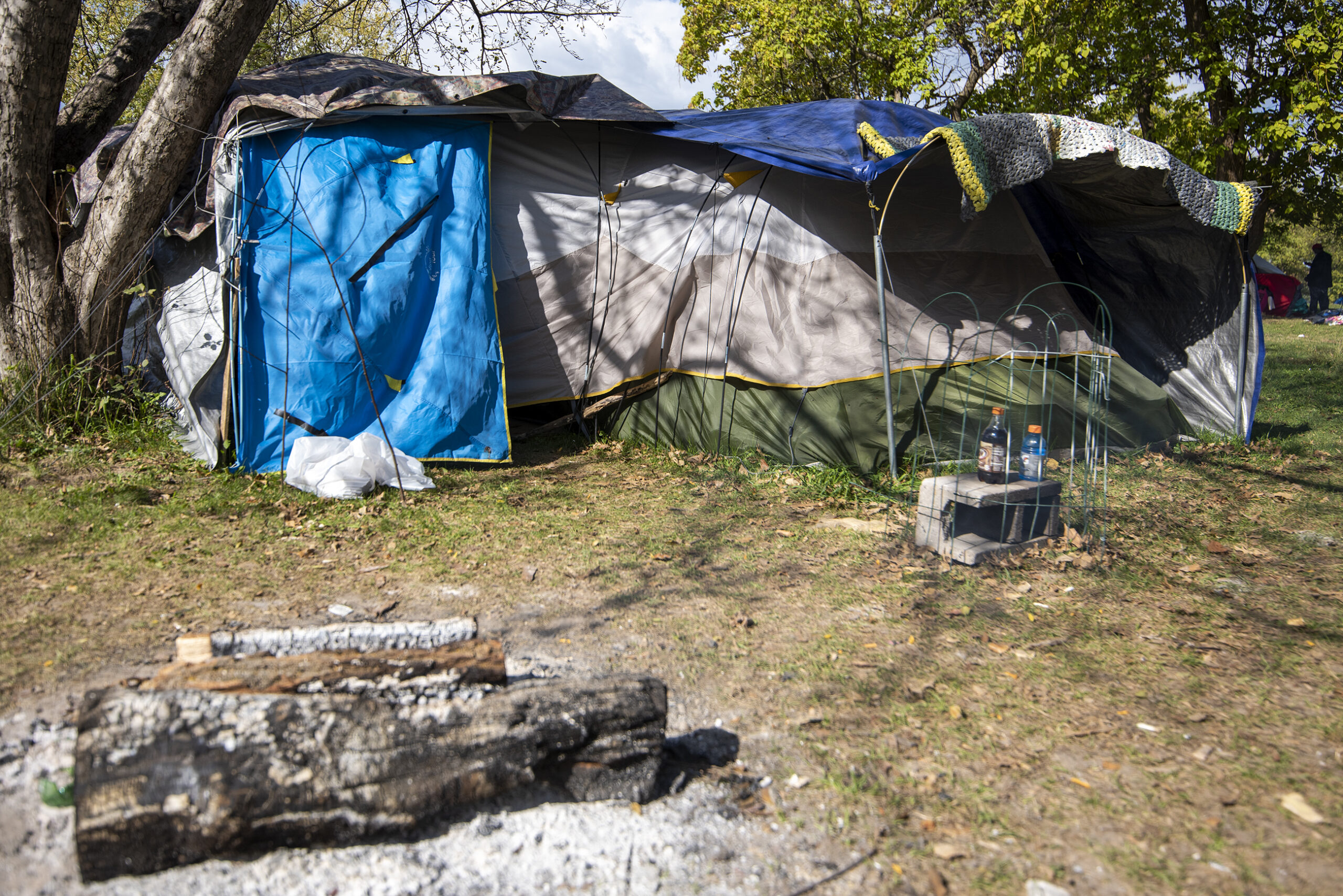
Reducing rent levels to prices affordable at low and very low incomes means providing more subsidies. Jackson said the wait time for federal vouchers like Section 8 can be years.
But with such low vacancy rates, developing new housing faces hurdles as well.
“If there were several buildings out there that were available and empty and offer a turnkey solution where it’s just purchase the building and move the people in, then that would be one thing, but we don’t have that available to us,” said Basford, director of Wisconsin’s Interagency Council on Homelessness.
As a more cost-effective alternative, the city of Madison is looking into converting an old hotel into low-income housing, though they haven’t yet locked down a developer.
“We’ve been fortunate to have the benefit of federal resources. But those are not permanent. And so there’s going to be a reckoning at some point. We’re going to need to come to terms with the fact that the days of spending a half million dollars in the basement of a church in downtown Madison, those days are over. And we’re going to have to figure out what we can do and how we can pay for it,” said O’Keefe. “And those are going to be very difficult decisions.”
And with the moratorium lifted, evictions are up in Wisconsin and homelessness is likely to continue rising.
But there’s little indication that the state is willing to invest the resources necessary to meet this need.
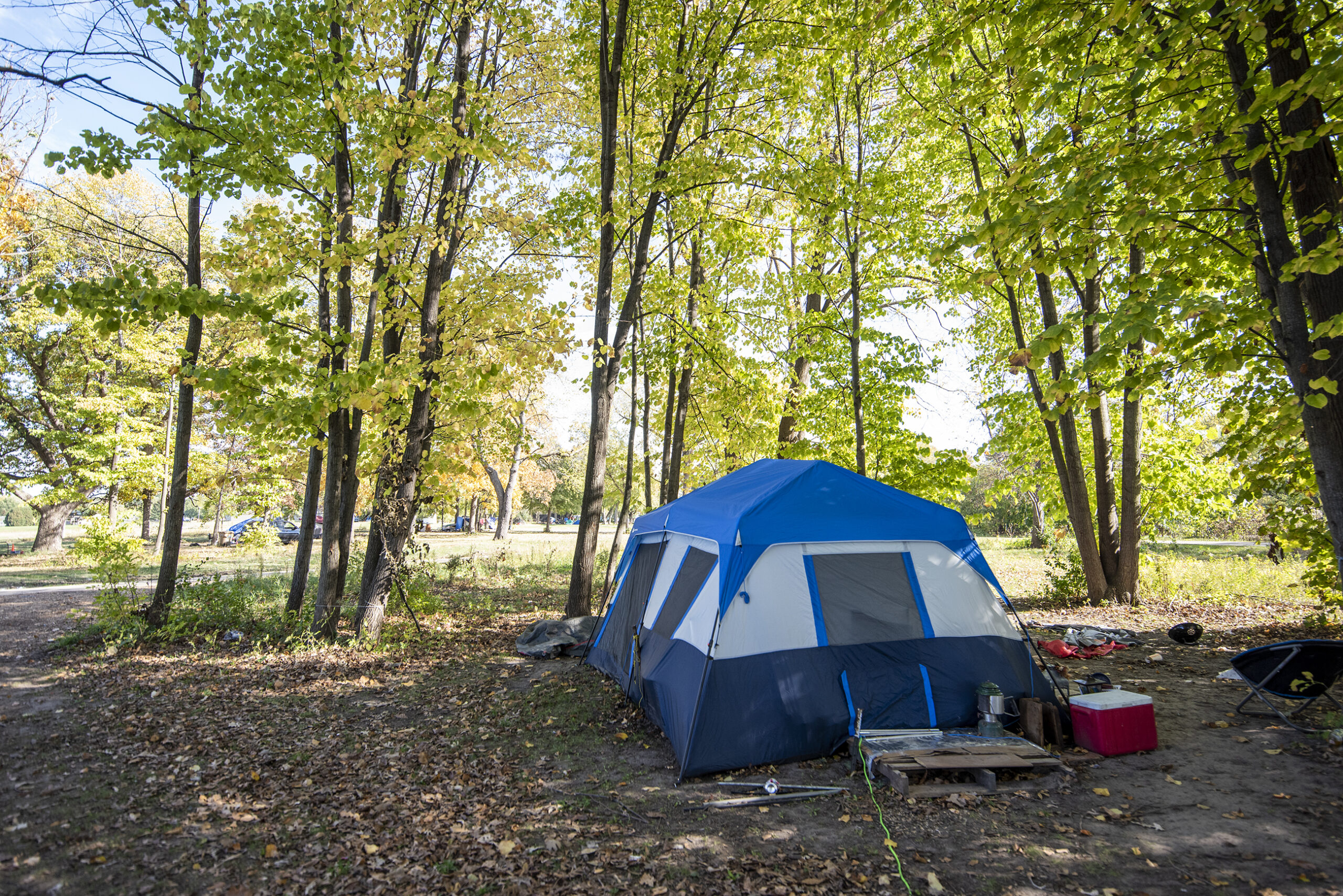
“The Wisconsin State Senate has been the obstacle, quite frankly, of trying to get homeless resources and programs put into place,” said Volk with the Wisconsin Coalition Against Homelessness.
When Gov. Tony Evers submitted his 2021-23 budget proposal, it included $15.7 million to address homelessness — the largest allocation in Wisconsin’s history.
But the Republican-controlled budget committee cut nearly all of it.
Temporary solutions like Dairy Drive are likely to remain a big, and increasingly expensive, part of Wisconsin’s response to homelessness.
And those solutions are needed, especially as winter sets in. The new residents of Dairy Drive are warm. They can lock a door, take a shower and finally get a good night’s sleep. But for how long?
“You can have services forever and short term housing such as shelters or motels forever, but ultimately, you’ve got to move people into housing that they can afford,” said Volk.
Wisconsin Public Radio, © Copyright 2024, Board of Regents of the University of Wisconsin System and Wisconsin Educational Communications Board.

